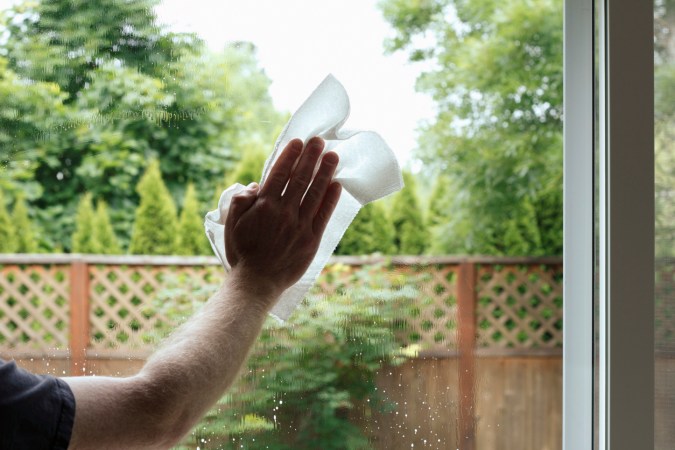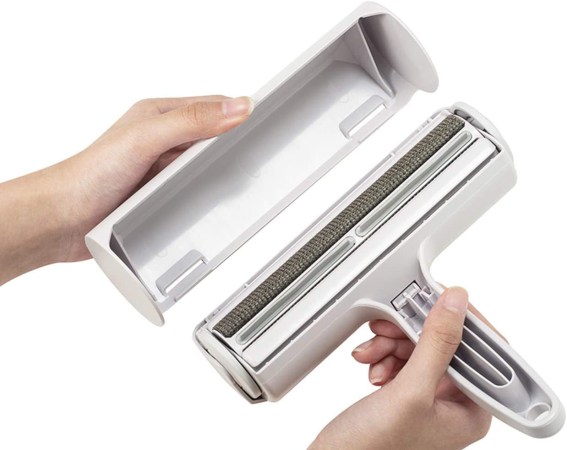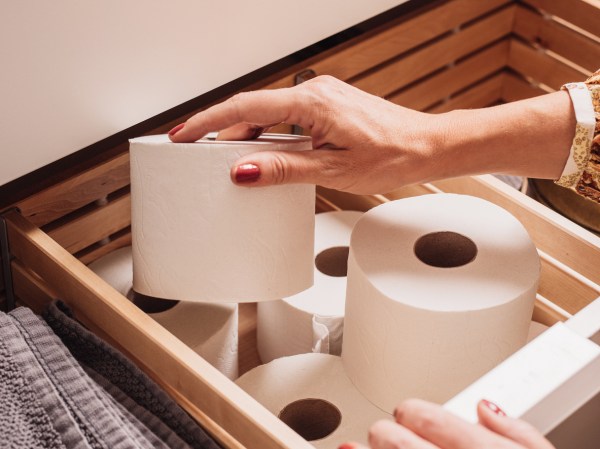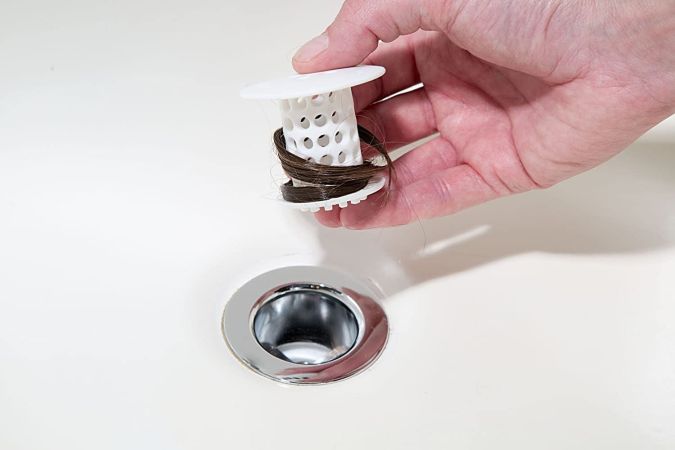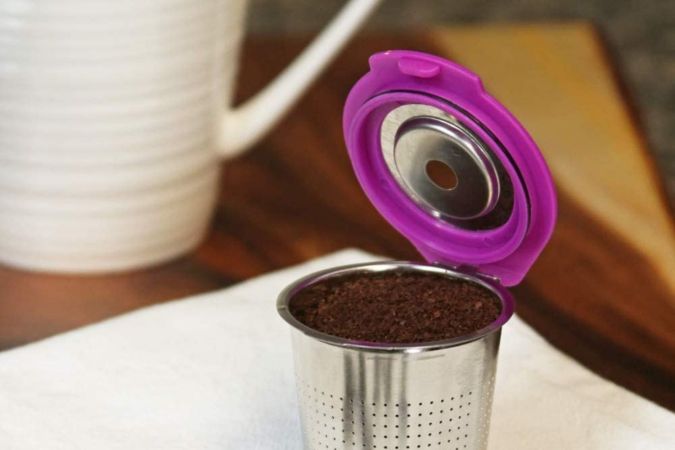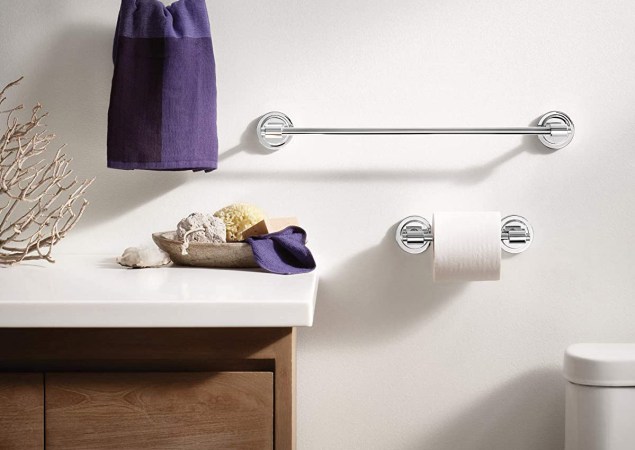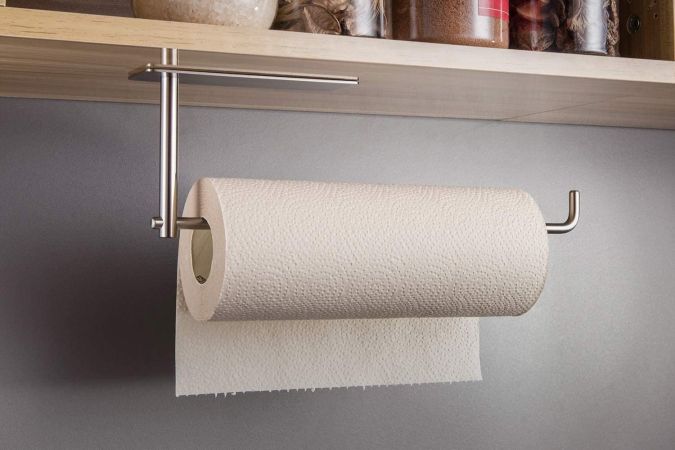We may earn revenue from the products available on this page and participate in affiliate programs. Learn More ›
Each year, the average American uses seven trees’ worth of paper in products. This means that in the United States alone, 2 trillion trees are used in paper products, such as newspapers, tissue paper, paper plates and cups, tissues, and paper towels, to name just a few.
The impact that paper manufacturing, consumption, and waste have on the planet is devastating. Deforestation, or the cutting down of trees to make way for agriculture or urbanization, or to make paper products and harvest lumber, accounts for 12 percent of greenhouse gas emissions annually.
Despite recycling initiatives, and although Americans are recycling more paper and paper products than ever before, paper and cardboard continue to be the largest component of solid waste that ends up in landfills. Replacing these paper products with reusable versions can prevent trees from being cut down in the first place and even reduce the amount of paper that gets funneled to recycling centers.
Let’s take a look at how you can replace virtually all of the paper products in your home, by category.
Replacing Paper Products in the Kitchen
All of that food prep, eating, and cleaning that takes place in the kitchen uses a lot of paper products, almost all of which can be replaced with reusable options. For instance, paper plates and cups can be replaced with ceramic versions that can be hand-washed or run through the dishwasher. Although you’ll initially have to invest in reusable tableware, you’ll save money down the line by no longer having to buy paper plates and cups. You’ll also have the satisfaction of doing your part for sustainability. Paper can take 20 years to break down in a landfill, and many paper plates are coated with a plastic layer that won’t decompose. By purchasing reusable plates and cups, you’ll reduce waste, protect the environment, and save money over time.
For cleaning, replace your paper towels with reusable cloths, which you can simply wash in the laundry and reuse. You don’t need anything fancy—just repurpose old washcloths, shirts, and other worn-out fabrics. And stop using paper towels to dry your hands; instead, invest in washable hand towels. These days, you can even purchase reusable “unpaper” towels.
Replace single-use paper napkins with cloth napkins that will not only give your meals a touch of elegance but can also complement your particular tabletop styling or decor.

Finally, what about all of that paper that enters your kitchen in the form of food packaging? It absolutely isn’t necessary to remove your food from its original packaging and put it into a separate container. In fact, many reusable food storage containers are made of plastic, which is a whole separate issue when it comes to sustainability. It’s better to take food out of the package as needed, then recycle the container or packaging appropriately.
How to Cut Down on Paper Usage in the Bathroom
The bathroom is one place where people might balk at using reusable products, but swapping out some single-use paper for reusable items may be easier than you think.
For example, consider replacing tissues with reusable cloth tissues made of flannel. They are super soft, absorbent, and washable. Or, go with an old-fashioned handkerchief. These swaps are relatively inexpensive and simple.
If you’re particularly serious about paper reduction, you can even trade in your toilet paper for reusable toilet paper or a bidet, steps that can help save some of the 27,000 trees that are cut down daily for toilet paper.
Even when it comes to menstrual products, such as tampons and pads, there are eco-friendly swaps you can make. A menstrual cup can last up to 10 years and will help cut down on some of the 7 billion tampons from the United States alone that end up in landfills. Reusable cloth pads are another earth-conscious option that could help siphon off a portion of the billions of pads sent to landfills every year. There are even reusable incontinence pads that can take the place of single-use paper products.

Saying No to Paper in the Laundry Room and Basement
Paper products also make an appearance in other rooms of the house, such as laundry rooms. Dryer sheets, for example, can be made from polyester, a synthetic material that’s produced from fossil fuels, or paper—and neither one is great for the environment.
Replacing dryer sheets with wool dryer balls, reusable dryer sheets, or even DIY dryer sheets can help lower your paper consumption and even reduce your carbon footprint.
Disposable cleaning wipes can be replaced with old rags or towels that can be washed and reused. Paper storage containers, such as cardboard boxes, can be replaced with recycled or reused cardboard boxes, or cloth or canvas storage bags or containers for clothes and shoes.
For gift wrapping supplies, including tissue paper, wrapping paper, and gift bags, consider using eco-friendly products, such as reusable cloth bags, reusable fabric wrap, and recycled tissue paper. For greeting cards, opt for cards made from 100 percent recycled materials.
When it’s time to buy more HVAC air filters and vacuum bags, both of which can be made of paper, you have options. Reusable, washable HVAC filters are worth consideration, and compostable vacuum bags are also available.
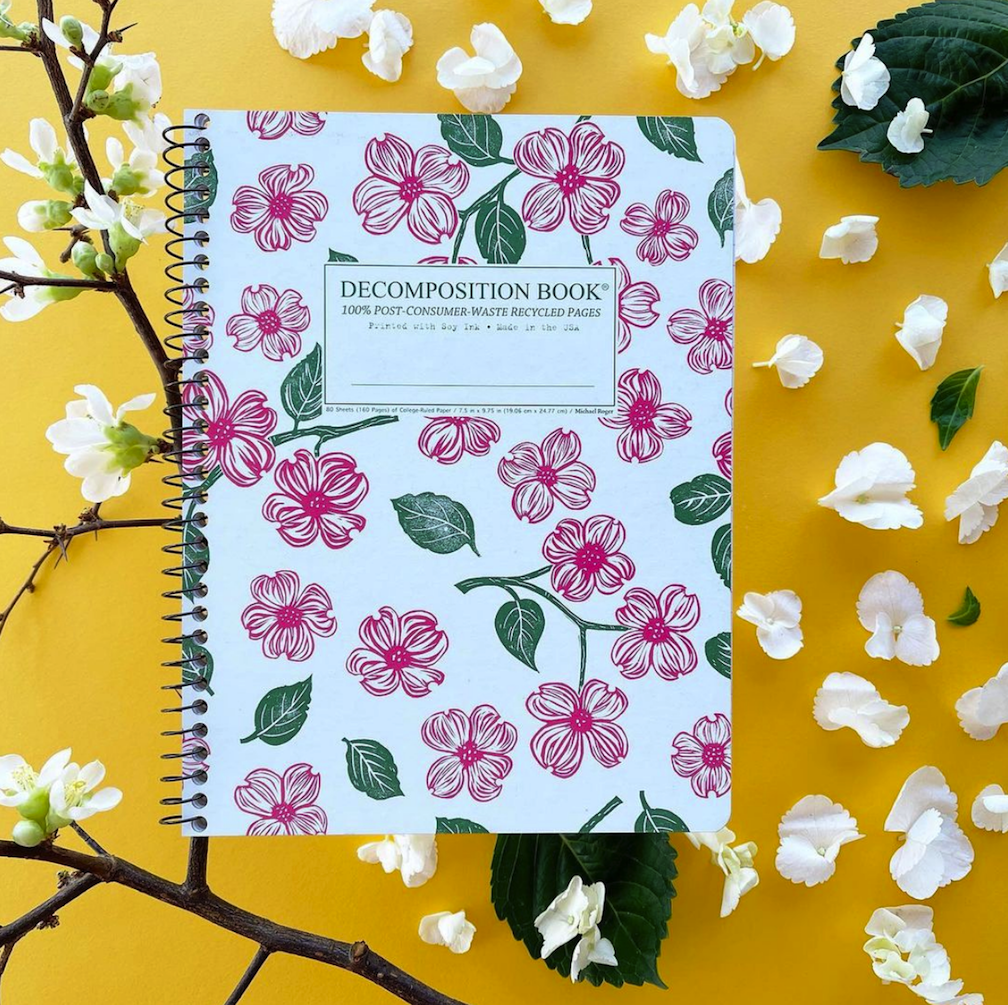
Reducing Paper in Your Purse or Backpack
Paper is an inevitable part of school and home life. Although it’s not always possible to stop paper consumption in your home completely, there are plenty of recycled products out there, such as recycled composition books, that are great for both kids and adults.
You can even find recycled binders and folders, which can help reduce the number of new trees being cut down for paper and paper products. For everyday lists, reminders, and other household note-taking needs, consider using a dry-erase board, a chalkboard, or scraps of paper from discarded mail.
To replace those tissues or feminine hygiene products you tend to carry around in your purse or backpack, consider tracking down some of the items we discussed earlier, such as a handkerchief, menstrual cup, or reusable pads.
Getting Started
Replacing (almost) all of the paper products in your home won’t happen overnight, but these suggestions should give you a start in thinking about small but significant changes you can make to help protect the planet and reduce waste. All it takes is a little investment in washable or otherwise reusable products, and maybe a little extra time and effort, to help make your home more inviting and your choices more ecologically conscious as you embark on your improved, reduced-waste lifestyle.


